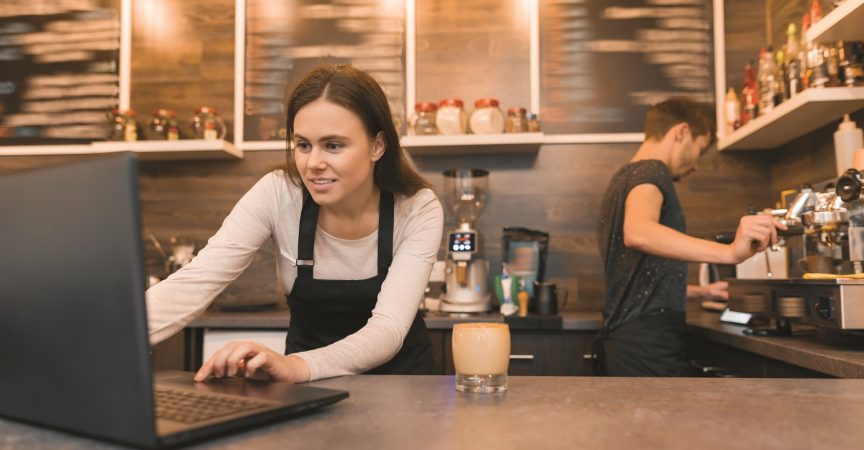Emergency Revenue…To Go: How restaurants are leveraging third-party delivery to keep afloat
By Jared Hochman for our partners at DoorDash
When the coronavirus pandemic took over in Canada, not only did it grind the country’s economy to a halt, but it altered how companies, especially restaurants, would run their businesses going forward in the future. Delivery and takeout became essential for restaurants during the lockdown in order to keep operating. And while many establishments have reopened to dine-in service, this change is not a cure-all for the effects of COVID-19.
According to Restaurants Canada, “restaurants are reporting mixed results after opening for on premise dining. Fewer than half (31 per cent of single-unit operators and 43 per cent of multi-unit operators) said doing so has had a positive impact on their operations.
As restaurants tackle consumer confidence and work to regain cash flow, the importance of delivery and takeout is obvious. Restaurants may still have trepidations about using third-party delivery platforms. Be it the cost, marketing or customer data issues, all need to be weighed for your particular business. Restaurants Canada has been working with all delivery platforms on cost levels and service level parameters. The intention is to work towards ensuring a sustainable delivery model for both parties.
“We don’t succeed unless our restaurant partners succeed and that’s never been truer than right now,” says Ryan Freeman, head of enterprise partnerships at DoorDash Canada. “Helping restaurants navigate through COVID-19, even as we enter the recovery phase, is our top priority.” Freeman noted that delivery no longer was a convenience: it became an essential service. As COVID-19 forced the industry to shift to online sales and delivery, DoorDash aimed to open their platform to every restaurant who wanted access to reach customers online as quickly as possible.
Shifting Priorities
Acting quickly was paramount, as companies coast-to-coast saw their dine-in revenue stop in an instant.
The Kinka Family, which operates six different
brands including Kinton Ramen, Kinka Izakaya and Neo Coffee Bar, have already
had dine-out infrastructure in place to service what was roughly 20 per cent of
their business. But they needed to shift to a business model that was 100 per
cent reliant on take-out and delivery, and also accounted for changing consumer
habits. Stella Yu, the Director of Marketing at Kinka Family, said that they
saw an influx of orders on Sunday and Monday, which were normally lower-traffic
days for most of their restaurants.
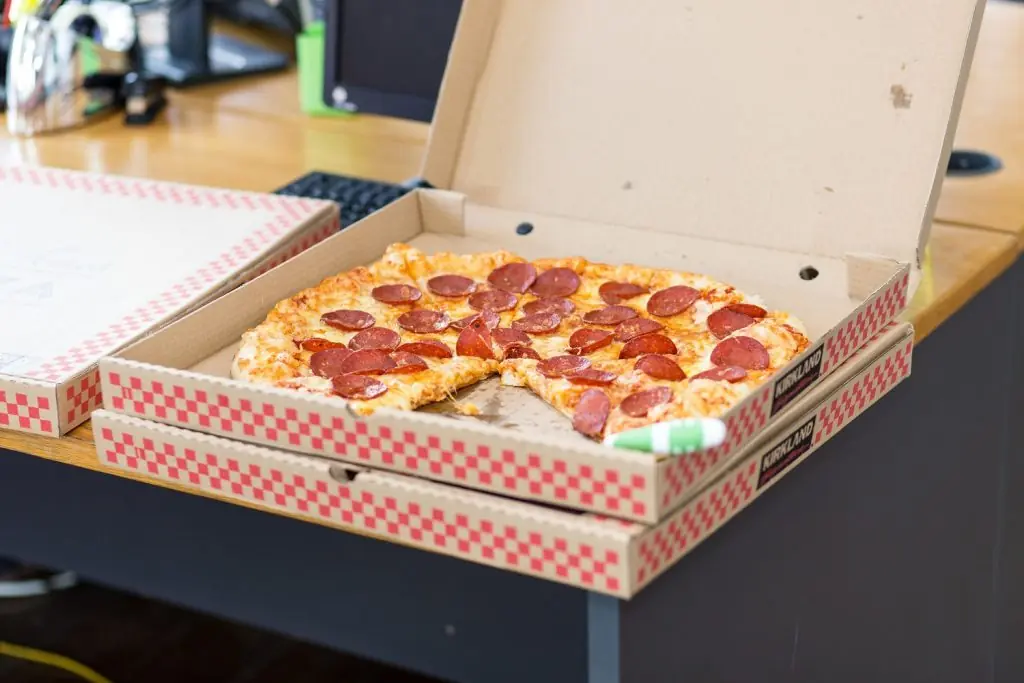
“Many of these trends go beyond what and when customers are ordering: Canadians have felt the effects of pandemic economically, and they’re being much more cautious with where their money’s going,” says Yu. “During COVID-19, each of our restaurants and locations has offered a number of specials, such as 30 per cent off take-out and delivery orders…We’ve noticed that our customers have taken a strong liking to these specials and as a result, we see many returning customers.”
Innovation out of COVID-19
Third-party delivery platforms continue to help restaurants stay connected with their community, market to new potential customers, and, above all, sell their products to keep some revenue coming in.
Some companies, besides offering added specials, have found innovative ways to best service customers, which could remain mainstays even after the pandemic settles down.
JOEY Restaurants continued to offer their diverse menu for delivery, but they also added a JOEY Market, which allowed customers to order groceries during weekend mornings, plus ready-to-make meal kits and drink kits, which were wildly popular.
“The meal kits and drink kits were innovations that came out of COVID and have been well received from guests,” says Britt Innes, Vice President of Marketing for JOEY Restaurants. “They will definitely be a mainstay for delivery as we reopen our restaurants.”
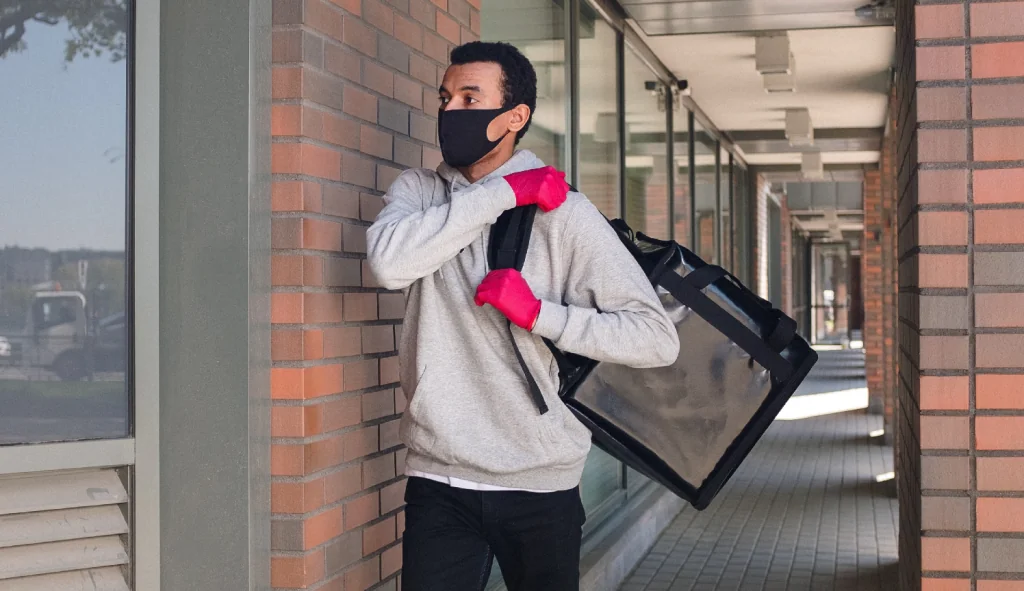
While the agility to create new offerings that better serve their customers’ needs (on the fly) is impressive, Innes also was impressed with how well DoorDash worked with them for the common goal of giving the best possible customer service possible.
“It shows the possibilities from delivery companies and restaurants working together to ensure the best possible experience for our shared guests and both of our businesses,” says Innes. “I’m looking forward to keeping the lines of communication open and coming together to innovate and provide the best service and offering to consumers!”S
What services can delivery platforms offer?
Fundamentally, third-party delivery platforms connect consumers to restaurants in their area, giving both sides exposure to a vastly greater demographic than they previously had. But as Ryan Freeman, Head of Enterprise Partnerships at DoorDash Canada, explains, these companies can offer so much more.
- DoorDash Drive: DoorDash’s white label logistics platform, where restaurants use their own native channels for online ordering and DoorDash simply fulfills their last mile logistics needs, bypassing the need for in-house infrastructure on delivery.
- DoorDash Storefront: Enables restaurants to create their own online stores at the click of a button. Through their online stores, customers can order takeout or delivery directly from the restaurant, with deliveries fulfilled by DoorDash.
- DashPass: DoorDash’s subscription product for consumers offers unlimited $0 delivery fees for $9.99 a month. Restaurants who join DashPass often see increased sales from high-frequency customers and are highlighted as a DashPass restaurant on the app.
- Pickup: Allows restaurants to offer pickup or takeout from their restaurant directly. 56 per cent of customers said the amount they ordered takeout has increased amidst the pandemic as customers support their local businesses during COVID-19.
Restaurants leveraging third-party delivery are discovering new capabilities
While some restaurants may still have
trepidations about using third-party delivery platforms, be it the cost,
marketing or customer data issues, delivery platforms have also been able to
assist restaurants in a more complementary role.
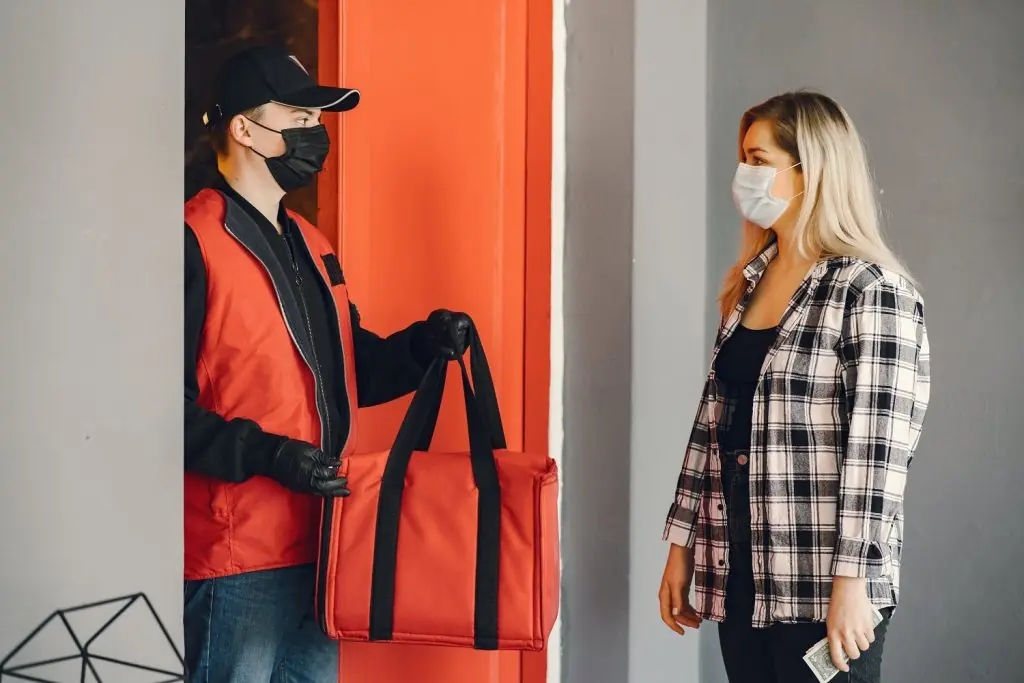
Denny’s Canada had worries about building long-term loyalty for restaurants, with customer information flowing through a third party, so they rolled out their own online ordering and delivery solution — powered by DoorDash Drive, which fulfills the company’s last-mile logistics needs.
“It makes more sense for us economically and allows our brand to interact with our customer base and own the customer relationship,” says Manoj Jasra, Chief Marketing and Digital Officer for Northland Property Group (which owns Denny’s Canada). “We were happy to see our new ordering platform supporting our restaurants while dine-in was temporarily on pause.”
While already being an established brand, Denny’s was still forced to display agility they didn’t necessarily know they had… and simultaneously realize untapped business potential.
“Our ability to execute quickly with agility was always there; the pandemic simply acted as a catalyst,” says Jasra. “We will take this method of operating with us as the new normal.”
Keeping the partnership alive for the future.
At some point the coronavirus pandemic will end and restaurants will be able to again generate dine-in revenue. What does that mean for third-party delivery apps, which were so crucial to businesses surviving this all-time revenue dry spell?
For Yu and Kinka Family, they don’t anticipate ending their relationship with DoorDash any time soon.
“Though we are excited to return to regular
operations, we recognize this will be a slow process and that it will take time
to rebuild the trust of our customers,” says Yu. “With cautious customers and
limited capacity, we expect that third-party apps will continue to subsidize
much of our in-restaurant revenue for many more months to come.”
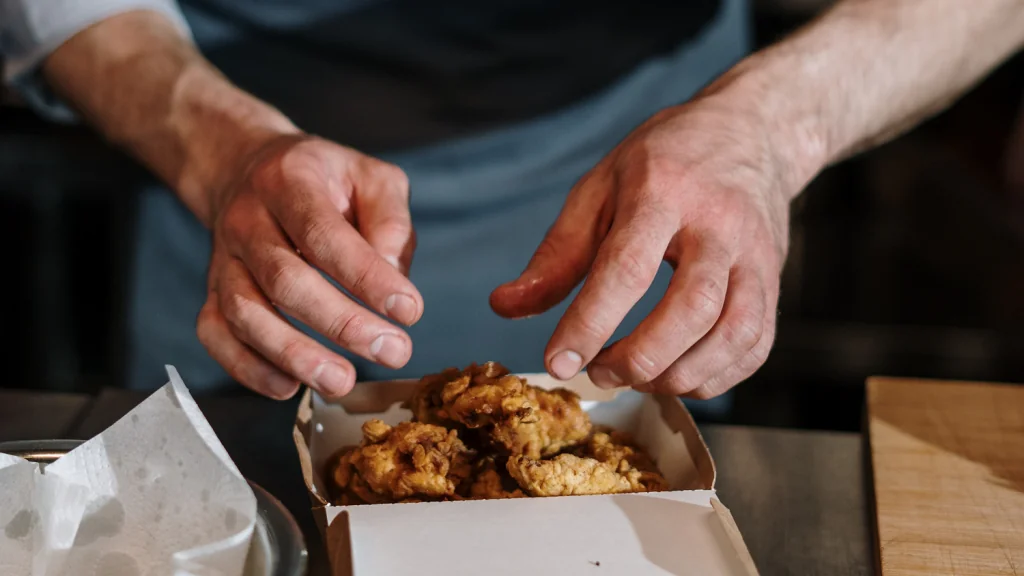
JOEY Restaurants is in the same boat, as Innes said they ‘Absolutely’ plan on continuing to use delivery platforms, as they built a strong partnership with DoorDash and look forward to further developing that relationship — even after regular operations resume.
For Jasra, and all restaurants that decide to continue utilizing third-party platforms in the future, it’s a very simple business decision.
“There really isn’t another avenue that can provide the type of demand which can rival third-party platforms,” says Jasra. “The ability for DoorDash to create customer stickiness during the pandemic further reinforced our belief in the behavior and usage of delivery platforms.”
“The restaurant industry is evolving, and we expect that many people will continue to choose take-out as their preferred option of ordering food until a vaccine is created,” says Yu. “Until then, we remain committed to serving people happiness.”S
More than just a platform
DoorDash, and other delivery platforms, has been invaluable to many restaurants throughout this pandemic, but they’ve done so much more than just connect restaurants to consumers.
“The biggest thing we were hearing in March from our restaurant partners was they need help driving sales and demand through online channels,” says Freeman. “So our first relief and marketing support package was aimed to do just that, with the goal of helping them generate up to $200 million in additional sales this year.”
Some of the efforts DoorDash has made to assist restaurants include:
- Offering 30 days of zero commissions for restaurants who joined DoorDash or Caviar for the first time.
- Not charging commission fees on pickup orders.
- Adding more than 100,000 independent restaurant partners to their DashPass subscription program for free.
- Creation of Local Restaurant Saturdays, which offered consumers $0 delivery fees on independent restaurants every Saturday in April (and again in June).
- Reduced commissions by 50 per cent for restaurants with five or fewer locations.
“Through the Local Restaurant Saturdays program we helped restaurants generate over 1 million in incremental deliveries,” says Freeman. “We’re proud to say that our relief efforts, through May 31st, have helped restaurants save $120 million.”



